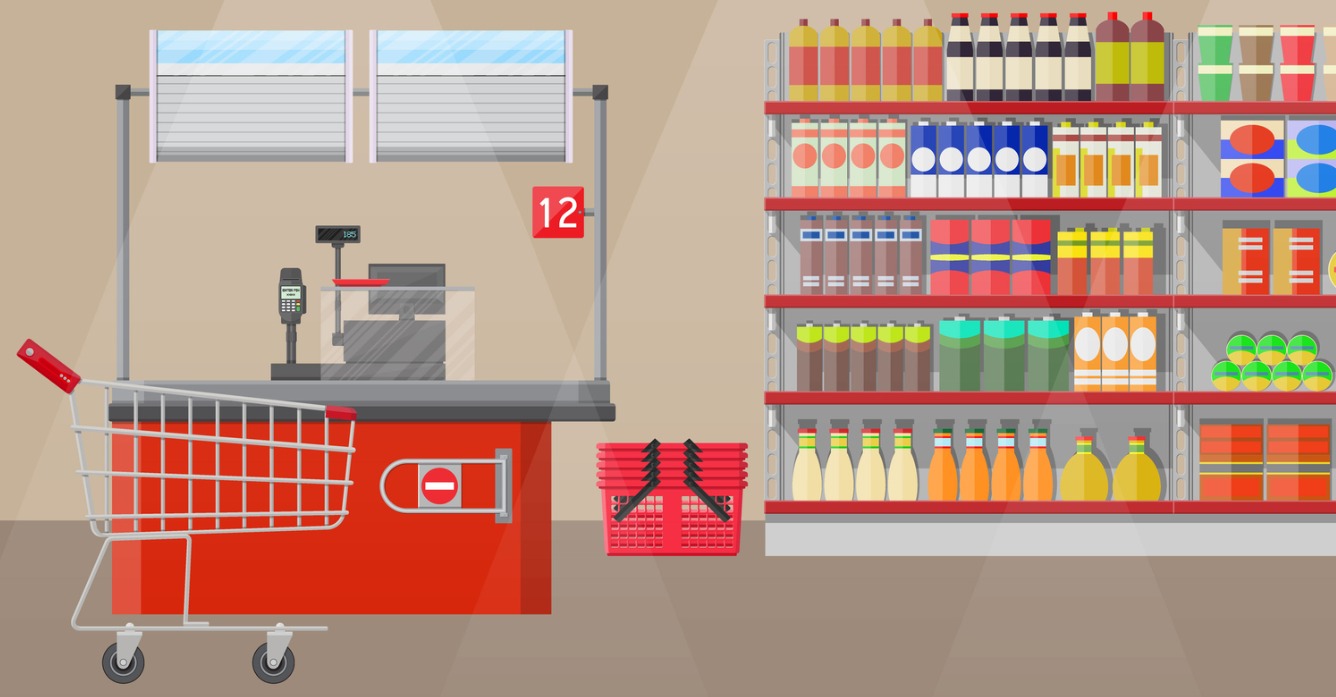This is Part 2 of a 5-Part series on Forecasting by Dan Bursik. Read Part 1 here.
You can’t create a good schedule from a bad forecast.
That’s the plain and simple truth in effective labor management and labor scheduling. If the goal is to create the conditions for success to enable your labor planning team to plan the work and work your plan, then the importance of an effective, accurate plan is obvious. Why is building an effective forecast such a big challenge for so many retailers?
As you take on that challenge, how can you measure your progress in the most meaningful ways? And what is the approach that gives you leverage for continuous improvement – not just to implement your vendors’ system functionality, but to maximize its use for your organization?
Let’s first define what constitutes an accurate forecast. Simply put, forecasting is your attempt to anticipate what will happen. A perfect forecast is one that aligns exactly with the actual. The deviation between the forecast and the actual is your miss, your margin of error and your opportunity for further improvement and optimization. Getting as close as possible is what I would call the process of managing forecast accuracy. For a store operator that translates to minimizing the delta between what you planned to happen and what actually happened.
Better forecast accuracy minimizes the adjustment delta that your managers need to make to handle the business not coming in as planned (it includes actuals coming both higher and lower than the forecast). Remember, the store already has a number of adjustments they need to respond to like surprises in the supply chain, unexpected absences and associate turnover, so minimizing the delta due to inaccuracy in the planning process seems like a no-brainer to help stores execute your brand more effectively. Is forecast accuracy as important to all organizations?
No, and let me explain why.
It depends on the degree to which you have worked to optimize your labor and refine the expectations you want to deliver to your customers. If you do not have many requirements or if your expectations are low, then forecast accuracy is a minor, not a major opportunity. But most businesses do not operate that way anymore. Few retailers can afford the avoidable costs attributed to excess labor to absorb poor planning, and most brands have come to understand the adage that “more people standing around is not better service.” Satisfying customers means having your associates focused on your store conditions and your service standards. Deliver them consistently and in a friendly and professional manner and you succeed. Do it haphazardly and you won’t have to wait for long for a competitor to step forward to take your lunch.
So if you haven’t gotten serious about your best practices and if you aren’t using good engineered labor standards to understand the work content of what your associates need to do to deliver your brand consistently, today and every day, you can relax about worrying about forecast accuracy. You have much bigger problems to attend to.
If you really don’t have an optimal plan for how the volumes you need to handle translate into when and how your people need to do their work to make your business successful, then forecast accuracy holds far less value to you than to other organizations. You can consider it a point of technical competency, but it probably won’t translate into more points on your Customer Satisfaction scorecard. Why?
If there is no right place for the hours to be positioned, then how much value can the most accurate forecast have?
To be sure, if it’s really bad you can make a bad situation even worse, but even a great forecast can’t overcome the lack of a vision to translate business volumes into an effective work plan. Honestly, work on the bigger upstream issues first.
While it is still true that you can’t create a good schedule from a bad forecast, without the right know-how in place you might be in a position that you can’t create a good schedule even with a good forecast.
Let’s say you are beyond that point. You have solid store-specific standards that are tied to best practices that are effectively used across your organization. Those best practices are more than just points of technical reference, they represent the way you train and coach your people and they include your commitments to maintaining workplace safety, food safety and the service culture you want to consistently deliver from your associates to your customers. Congratulations – if your business is positioned well and you have good people executing your vision then you have become a formidable competitor.
Now effective forecasting matters; and it can make a big difference in your success.
I will be exploring important aspects related to effective forecasting, forecasting techniques and forecast accuracy in upcoming blogs. I want you to think about your organization’s commitment to accurate forecasting as a critical component of your success. But it isn’t the only critical component.
Think of your labor management and operational execution strategy as a chain of inter-dependent functionality that includes a vision and strategies for success in your market, best practice operational know-how, great people committed and trained to execute your vision and technical system capacities to help plan your work and work your plan. Like any chain, it is only as strong as its weakest link. Forge stronger links and you develop strength and capacity to succeed.
In my next blog I will be exploring different approaches that various organizations take to forecasting; not just in how they forecast, but what they forecast. It’s the next layer in evaluating whether your approach to forecasting is everything it ought to be.





